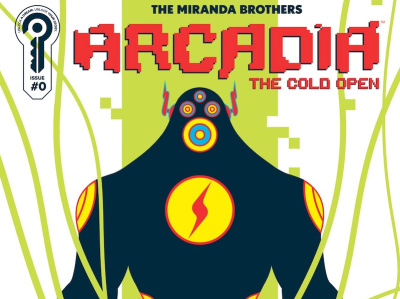U.S. sales for mid-sized comic publishers were a mixed bag in 2002, with big increases and decreases the norm according to our analysis of circulation and dollar data from the last two years. CrossGen and Chaos were the big winners, with 144% and 25% year over year growth rates, respectively. Viz and Dynamic forces showed substantial year over year declines, with Viz down 14% and Dynamic Forces down 31%. After a rough start, Wizard was roughly flat in 2001 vs. 2000.
Looking at the numbers from an industry perspective, there's good news here (as there was in the sales figures for the larger publishers, see 'Marvel the Comic Growth Winner in 2001'). Viz's decline in 2001 vs. 2000 can probably be attributed to the waning of the Pokemon phenomenon, and Dynamic Forces' decline reflects an increasing emphasis on non-comic products by the company. Two out of the three remaining publishers on this chart showed substantial sales gains, and Wizard, the third, showed substantial improvement between the first and second halves. CrossGen has been showing strong growth since launching in 2000, reflecting high quality editorial material, reliable scheduling, and a growing product line.
While initial orders for comics and graphic novels in the U.S. declined slightly in 2001, there was strength at the end of the year (see 'Graphic Novels and Q4 Comics 2001 Bright Spots'), and these numbers reinforce that underlying strength. For some of the reasons why U.S. comic orders are improving after a long decline, see 'Top Comic Stories of 2001.'
Year Over Year Rate of Change--2001 vs. 2000
| Wizard | Viz | Cross Gen | Chaos | Dynamic Forces |
First Quarter | -17% | -22% | N/A | + 5% | -1% |
Second Quarter | + 3% | - 6% | +271% | + 34% | -45% |
First Half | - 7% | -15% | +545% | +18% | -26% |
| | | | | |
Third Quarter | + 7% | -11% | + 55% | +68% | -20% |
Fourth Quarter | + 6% | -17% | + 65% | + 8% | -52% |
Second Half | + 7% | -14% | + 61% | +32% | -37% |
| | | | | |
Full Year | - 1% | -14% | +144% | +25% | -31% |







